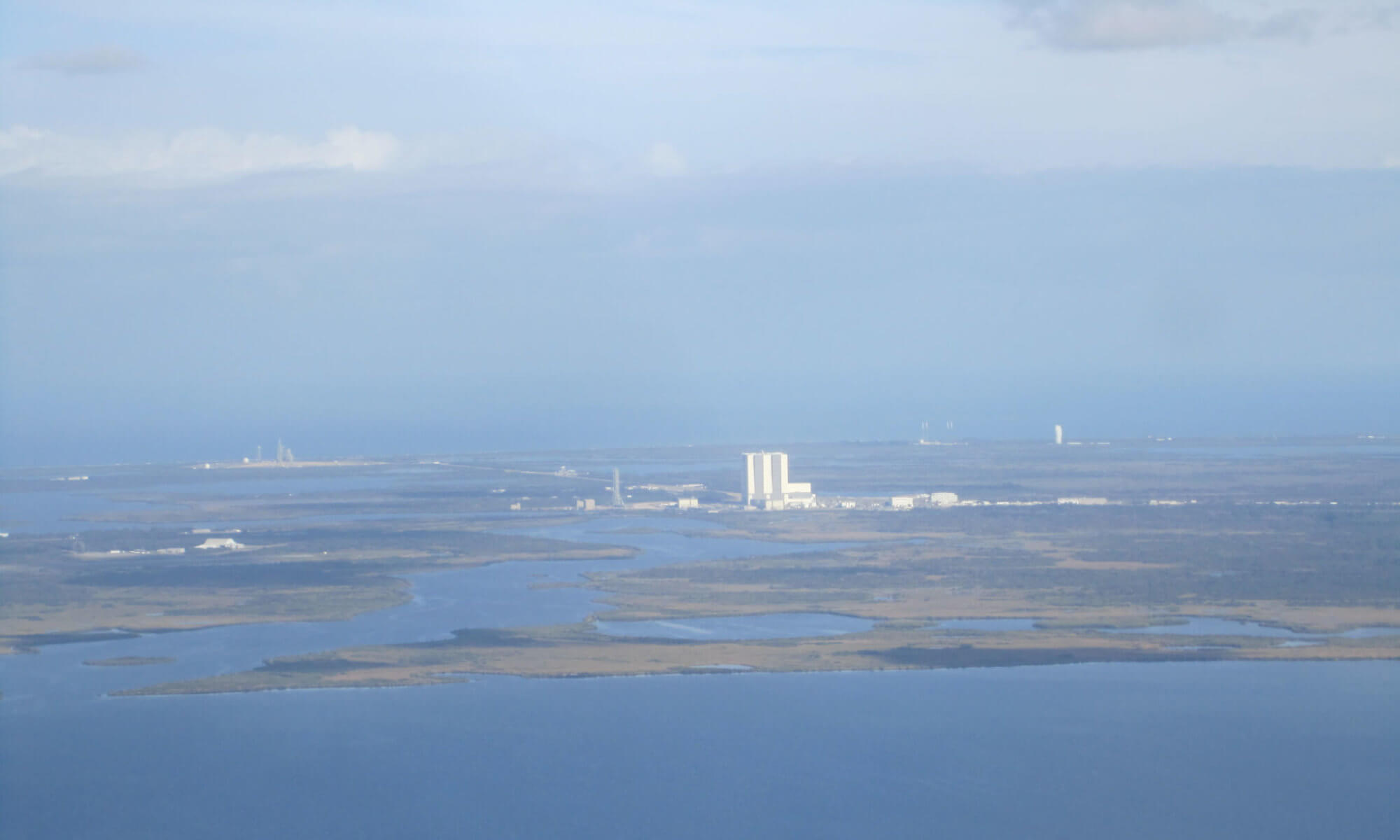In the sequel to Delta-V, James Tighe and his companions are back on Earth, trying to figure out how to save their two friends still stranded on asteroid Ryugu. A relatively simple problem requiring an increasingly complex plan involving bootstrapping a space economy by building a mass driver on the Moon. The mass driver can launch resources extracted from the Lunar regolith at a fraction of the cost of launching them from Earth, enabling construction of a rescue ship. National and corporate interest on Earth try to get in on the economic and geopolitical frontier, while humanity and Earth suffers increasingly acute social and economic issues due to worsening climate change.
While Delta-V is a more straightforward space thriller, the sequel expands the context, posing important questions such as how to prevent space from becoming just another exploited colonisation boundary for the powerful, while most of humanity remain have-nots. The pace is slower, but the payoff ties it all together. The protagonist as something of a naif in context is a nice detail, illustrating how most people live their lives, even lives doing great things, with little understanding of the bigger picture.














